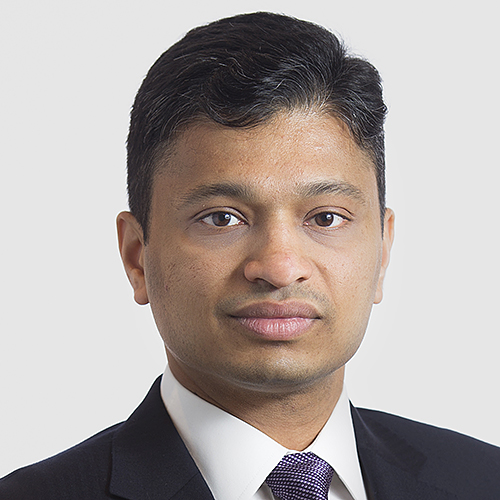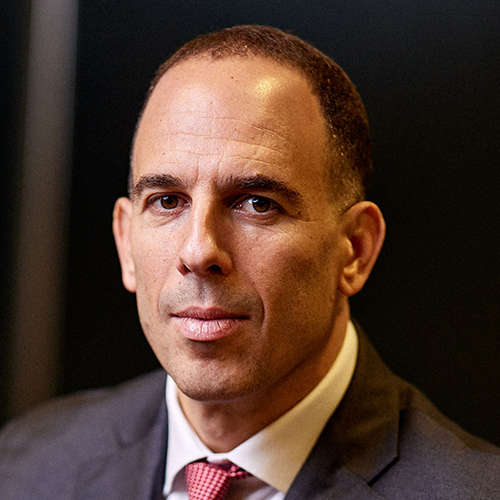In the Philippines, green finance presents both opportunities and challenges to issuers and investors. Isaku Endo, senior financial sector specialist at the World Bank, says green finance provides issuers with a diversification play in terms of investor base. However, it suffers from lack of understanding from many stakeholders, with investor perception on cost among those presenting a challenge for issuers.
“What the World Bank has been doing repeatedly was to conduct a lot of awareness campaign to educate the market,” Endo says. “This has been extremely helpful in countries like Malaysia where we saw the launching of the first green sukuk last year.”
Joseph Lledo, senior vice-president at BDO Unibank, agrees. “Green finance offers benefits as it helps create smarter and livable cities, clean energy and better infrastructure,” he says. “However, it was difficult to overcome the status quo in terms of people’s mindset, how to go about financing the green projects, and the general awareness on green finance.”
What is also hampering the efforts to scale up green and sustainable financing was the lack of equity financing for the projects in the first place. “The banks are willing to finance these types of projects, but are hindered from doing so if the projects are not properly structured,” Lledo points out. “Also posing as a barrier is regulatory uncertainty, which is impacting projects.”
Another obstacle in creating a green finance project is the perception on risk by lenders, says Aileen Ruiz Zarate, senior investment officer at the International Finance Corporation (IFC). There is a mismatch in maturities in terms of funds available with the tenors of the projects.
Looming large in the green finance outlook is the ‘shallow’ investor base. Lledo says people should be made aware that green projects make good investments as they generate strong returns. “People should learn about these types of projects and be made to realize they are viable investments and provide a healthy return,” he says. “In the end, you will see more institutions, and even individuals, investing in these types of projects.”
Michael Yamazoe, country manager, Philippines for Sindicatum Sustainable Resources, believes funding is not the problem here. It’s the lack of quality and investible green projects that has always been an issue.
“The Department of Energy (DOE) says there are 12 gigawatt worth of renewable energy projects out there, but how do you know which one to invest in? That is the big problem,” says Yamazoe.
He notes a lot of the developers and financial institutions in the Philippines do not have the full capability in terms of financing, building and operating renewable energy projects. So there is a need to bridge that gap and have a full understanding of the green asset. There are also uncertainties around the technical side of projects, their environmental impact and in dealing with the government agencies.
That being said, Yamazoe says awareness of green projects is on the rise. Renewable energy can prosper in the Philippines with government’s help.
The IFC has commissioned a study that identified about US$23 trillion worth of investment opportunities in climate smart projects from 2016 to 2030 in the emerging markets.
The key climate-smart investment opportunities in these countries include green buildings in East Asia. China, Indonesia, the Philippines and Vietnam have a climate-smart investment potential of US$16 trillion, the study says, most of which is concentrated in the construction of new green buildings.
The IFC has been spearheading the creation of a market for climate finance in the Philippines for the past 10 years. In 2008, it launched the Philippine Sustainable Energy Finance programme, working with a number of banks such as BDO and Bank of the Philippine Islands. “We help them build capacity to identify and assess green projects as well monitor the impact on climate of such projects,” adds Zarate.
More green projects
In establishing the programme, the IFC acts as a catalyst in the local financing market for sustainable energy projects. The programme provides for an advisory service and a risk-sharing facility to local private banks, where the advisory service includes working with various stakeholders to enhance their awareness and knowledge.
In establishing the programme, the IFC acts as a catalyst in the local financing market for sustainable energy projects. The programme provides for an advisory service and a risk-sharing facility to local private banks, where the advisory service includes working with various stakeholders to enhance their awareness and knowledge.
The IFC has been instrumental in the groundbreaking issuances of green bonds in the Philippines. In June this year, it issued the first internationally-rated AAA peso-denominated green bonds, equivalent to about US$90 million, to support the local capital market and renewable energy projects in the Philippines. The 15-year bond, called Mabuhay bond, was a landmark offering as the first green bond denominated in Philippine pesos to be issued by a multilateral development institution.
The IFC used the bond proceeds to fund the capital expenditure programme of Energy Development Corporation (EDC), which is focused on optimizing the generation output of its geothermal power plants and improving resiliency to climate impact. EDC is the largest producer of geothermal energy in the Philippines and one of the largest integrated geothermal energy producers in the world.
The IFC was the sole investor when BDO issued in December 2017 the country’s first green bond amounting to US$150 million. The proceeds from this pioneering transaction was used to finance climate-smart projects, including renewable energy, green buildings and energy-efficient equipment.
“BDO is an ideal candidate to arrange the first green bond in the Philippines because it is a large bank with a sizeable portfolio already,” says Zarate.
In launching the green bond, BDO is committed to provide a pipeline of well-structured projects that qualify under the green bond framework. “We have a healthy pipeline of projects even before the launch of our green bonds,” Lledo says. “We are very active in the energy space in general and we develop our expertise in renewable energy as well.”
BDO has been working with IFC since 2009. “The IFC trained our personnel. One of the first things that we focused on was to understand what green finance was all about how we can better deploy funds,” Lledo adds.
As an investor in BDO green bond, IFC requires the bank to report annually the projects that are funded by the bond proceeds and their climate impact such as the reduction in emission that are generated by those projects.
For the Association of Development Financing Institutions in Asia and the Pacific (ADFIAP), whose secretariat is based in the Philippines, green finance has always been part and parcel of the group’s activities.
Noel Verdote, head of finance and investment centre at ADFIAP, says the team is currently involved in green banking capacity building with Renewables Academy AG, a Berlin-based training and consulting firm on renewable energy. It is a three-year project covering five countries, including the Philippines.
The project supports the financial institutions in building new business lines for financing renewable energy and energy-efficient projects, and to make use of the internationally-provided climate finance instruments.
ADFIAP member-banks such as the Development Bank of the Philippines and Land Bank of the Philippines fund green projects such as waste water management and green buildings.
But for a country like the Philippines where coal projects still account for a large portion of the energy mix, banks like BDO that aims to boost its renewable energy portfolio need to be adaptable.
“Our portfolio generally reflects what is out there in the market. If more renewable energy projects come to our table, then you will see the mix actually improving in favour of renewables. But given that green finance and renewable energy has just started less than a decade in the Philippines, you will see the portfolio mix still bias in favour of conventional type of power generation,” says Lledo.
For now, the Philippine government continues to promote renewable energy development in the country. “The Philippines, in general, is pro green,” says Yamazoe. “One of the things that could help is to have more conversation and discussion between the relevant government agencies.”
He continues: “One of the things that I do face on a day-to-day basis is the overlap between government agencies. Each of them is trying to help promote green energy in this country, but there are a lot of redundancies. It will help to have a one-stop solution and I know that the DOE and other agencies are working on it.”
Echoing this view Lledo adds, “we need more consistency and better coordination, as well as time-bound implementation of projects”. “Dialogue and two-way communication with the industry is extremely important and we want them to be on a continuous basis,” adds Endo.





.jpg)
.jpg)


